Why we get fall colors
WISCONSIN -- Many areas up north have already reached their peak fall coloration and over the next couple weeks, southeast Wisconsin is next in line. But many factors come together to make these brilliant colors.
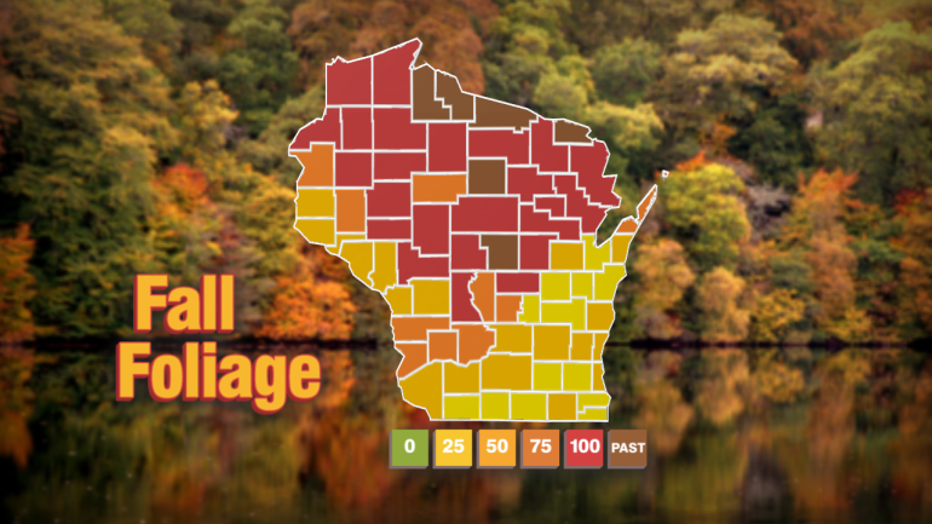
Fall foliage of Wisconsin as of 10-15-19
To start leaves are green because of a pigment called Chlorophyll. Most leaves do contain other varieties of pigmentation but during the growing months of the year, Chlorophyll is what dominates visually. As daylight hours shorten and temperatures begin to fall trees naturally start to shut off water and nutrients to leaves which in turn reduces the amount of Chlorophyll that's able to survive. Once Chlorophyll starts to degrade the other pigmentation in the leaf can finally be revealed. The colder and dryer the weather the faster and more brilliant the colors pop. There are three main pigments; xanthophylls (yellow), beta-carotene (orange), anthocyanin (red).
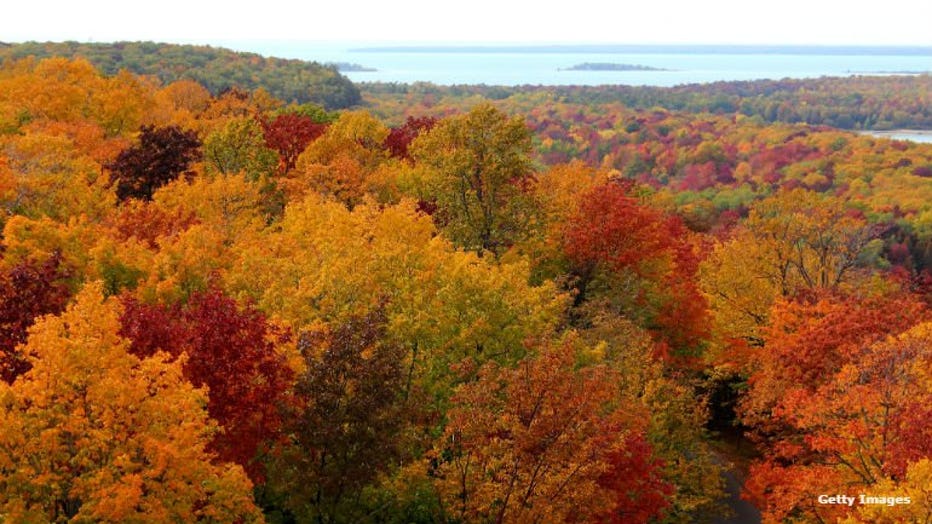
Xanthophylls are what produce yellow leaves in fall which is commonly found throughout Wisconsin on Black Maple, Ash, Ginkgo, Linden, and Poplar trees.
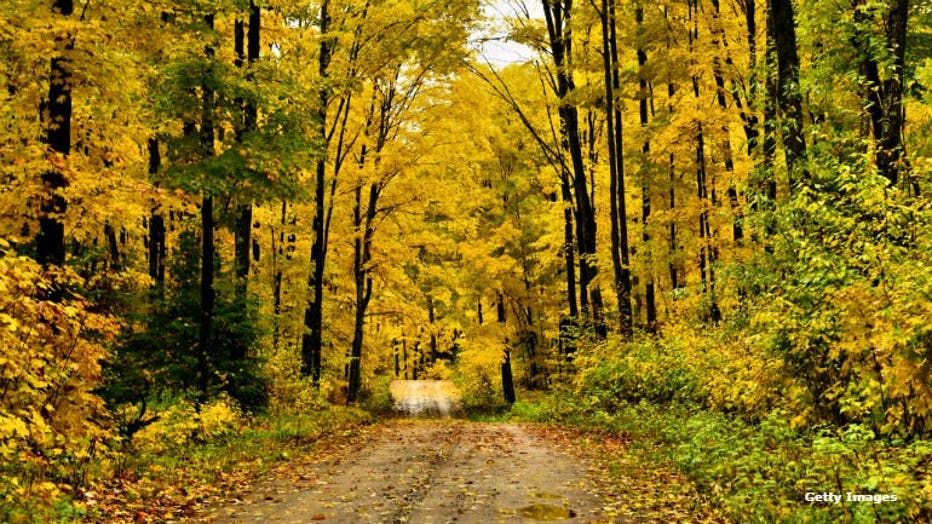
Yellow foliage commonly found throughout Wisconsin
Beta-Carotene is what produces orange leaves which are commonly found on Sugar Maple. Orange can also be a transition color before the leaf turns all the way to red.
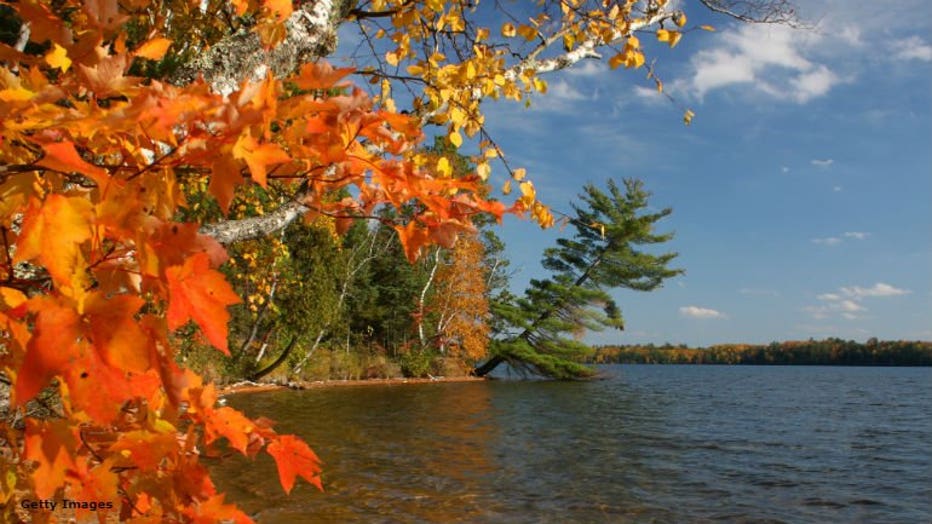
Orange foliage with White Pine in the background
Anthocyanin creates the beautiful red coloration in leaves. Trees in Wisconsin that show reds include many varieties of Oaks and Red Maple but can also be found on smaller plants such as Sumac.
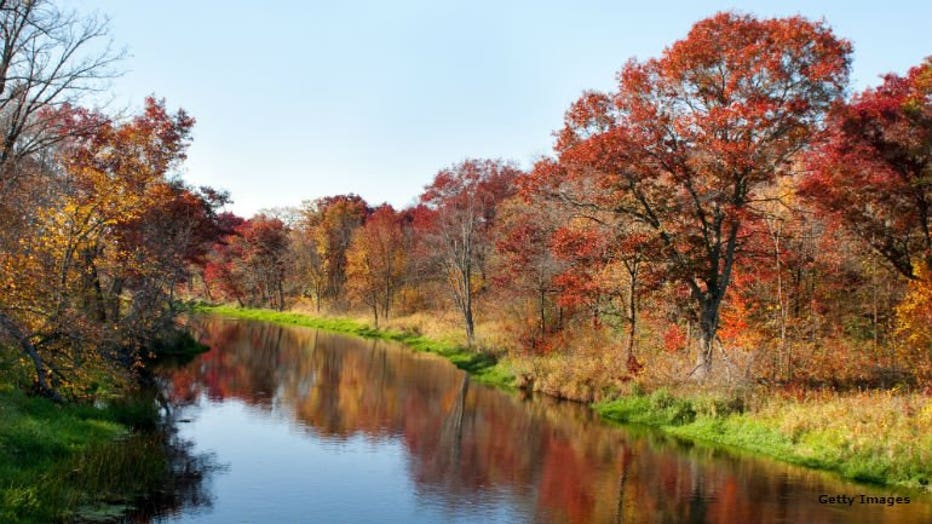
Oak trees lining a river highlighting beautiful red coloration
Thanks to Wisconsin's vast forests throughout the state there are many areas famous for their foliage. The mix of pine, spruce, fir, and cedar trees along with the broadleaf trees create incredible landscapes this time of year.
For more info on fall colors check out the USDA website on the science of changing leaves and travelwisconsin.com for a current map of fall colors in Wisconsin.

